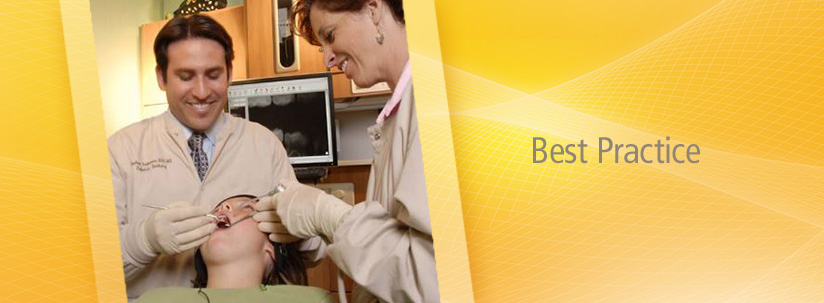
As a second-generation pediatric dentist, I understand both the joys and the challenges that come with treating children. While many dentists and staff members are hesitant and uncomfortable taking x-rays on children, it can be accomplished with proper techniques and equipment.
Although dental x-rays can be difficult to capture on kids under the age of six, digital radiography has made taking an image easier, safer and faster at my practice.
Using the Schick 33 digital intraoral sensors and image management system, we can comfortably place sensors, evaluate images in real time and make adjustments to these images (which is rarely necessary) in less than one minute.
Here are some tips for taking digital dental X-rays on young patients:
- Tell, Show, Do: Particularly in pediatrics, it helps to put yourself in your patients’ frame of mind. Before any work or procedure, we tell a child what we’re doing and why, and we show them the items we’ll be using. This sets the idea that x-rays are a “fun” experience and ensures the child feels informed and comfortable. Their fear is typically based in feeling out of control and/or not knowing if something is going to hurt.
- Reward: Going to the dentist can be an uneasy experience for some kids. Providing small kid-friendly toys as rewards is great positive reinforcement during difficult appointments. These simple toys are a positive memory that children associate with the dentist.
- Stay in Control: It’s acceptable for parents to stand to the side, but it’s important that they be silent observers so we can lead the procedure efficiently and effectively.
- Safety First: The radiation is already significantly reduced in digital radiography, but it is important to follow guidelines set by the ADA. Provide a lead apron with a thyroid collar to ensure minimal exposure to radiation.
- Provide the Best Fit: Children of the same age may need different size sensors depending on the size of their mouth, cooperation level and if they have a strong gag reflex. All three Schick 33 sensor sizes are essential to ensure the right size for every child and to capture images we need on the first try.
Digital radiography has helped me to better educate parents on their children’s oral health. With the Schick 33 digital intraoral sensor, patient understanding and acceptance has increased. These sensors are an essential part of the practice and has made taking x-rays easier and more enjoyable for all of our patients.
Share with your colleagues